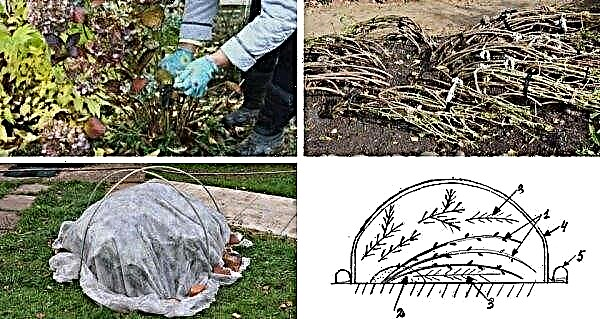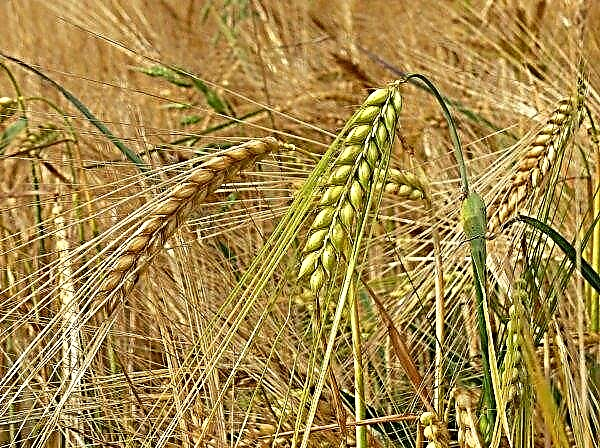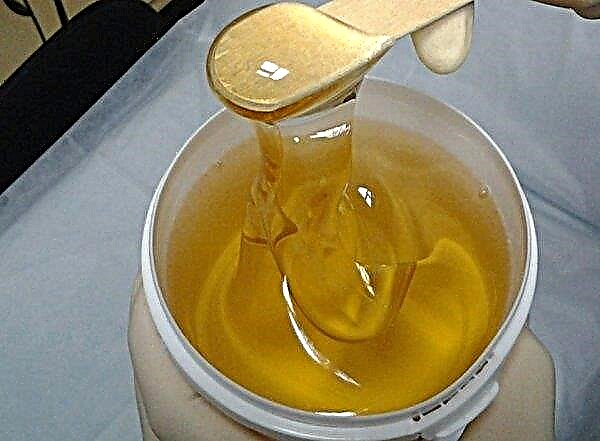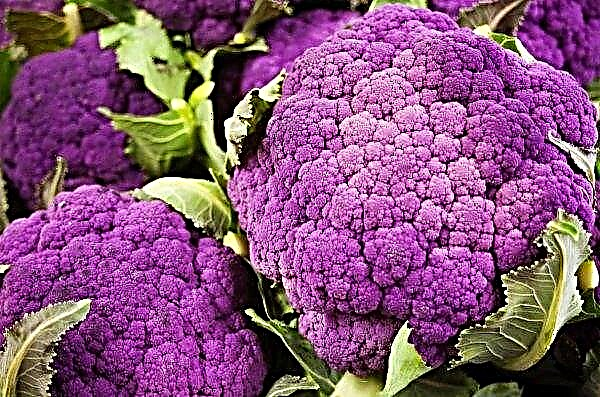In order to support local farmers, India raised the duty on wheat purchased abroad from 30 to 40%.
The government seems to have moved towards such a move to reduce the degree of discontent among the rural population caused by falling crop prices amid general elections held from April 11 to May 19.
This year, regional wheat prices fell by more than 11% due to a sufficient supply of last year's crop and a projected record crop of the current year. An increase in import duties is likely to create a situation in which foreign purchases of wheat for flour mills are unprofitable, despite at declining world prices.
This year, India has already increased the purchase price of new-crop wheat from national farmers by 6%, to 1840 rupees per centner. The government, in order to create appropriate stocks, usually purchases about 25% of wheat from its own farmers at state prices.
According to the forecasts of the country's Ministry of Agriculture, in India this year, the wheat harvest, compared with last year's indicator, will grow by 2% and reach 99.12 million tons.
Only one wheat crop is grown annually in India. Sowing starts in late October, and harvesting takes place in March.












